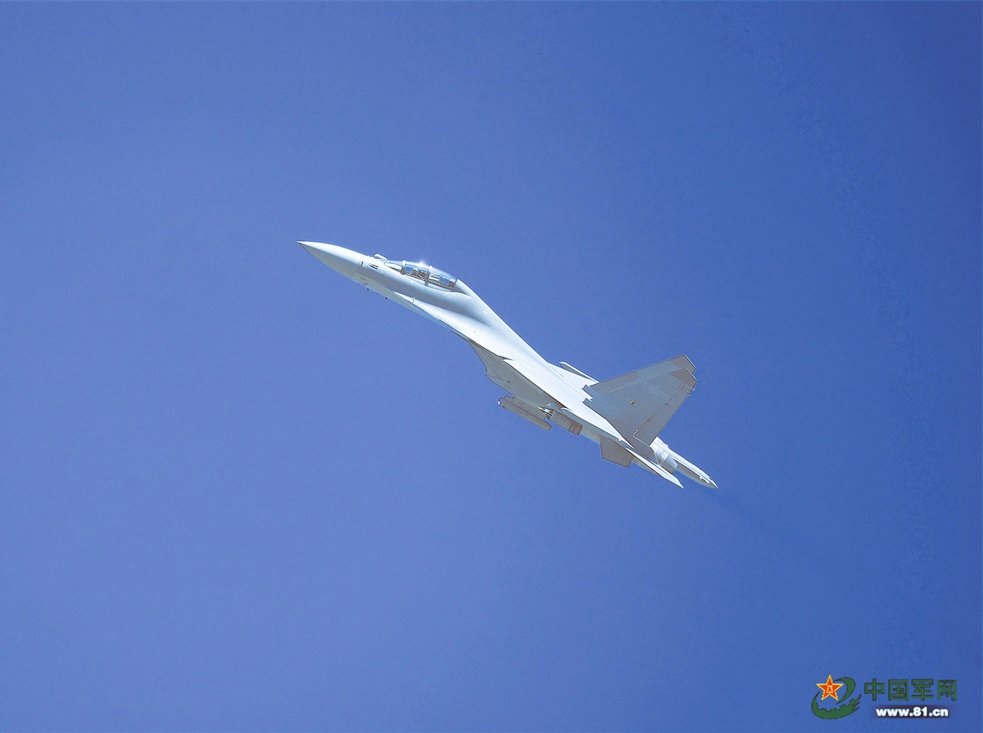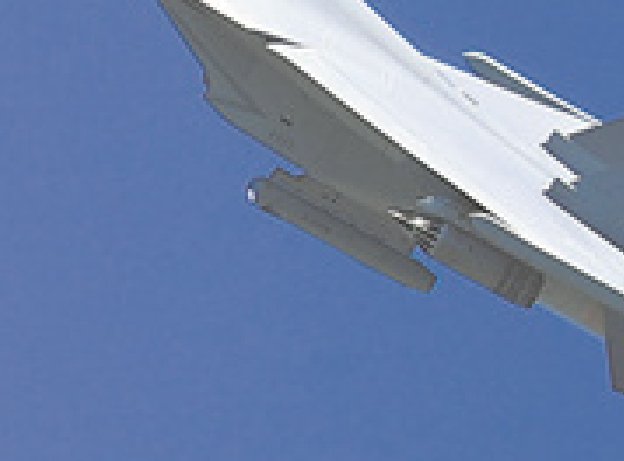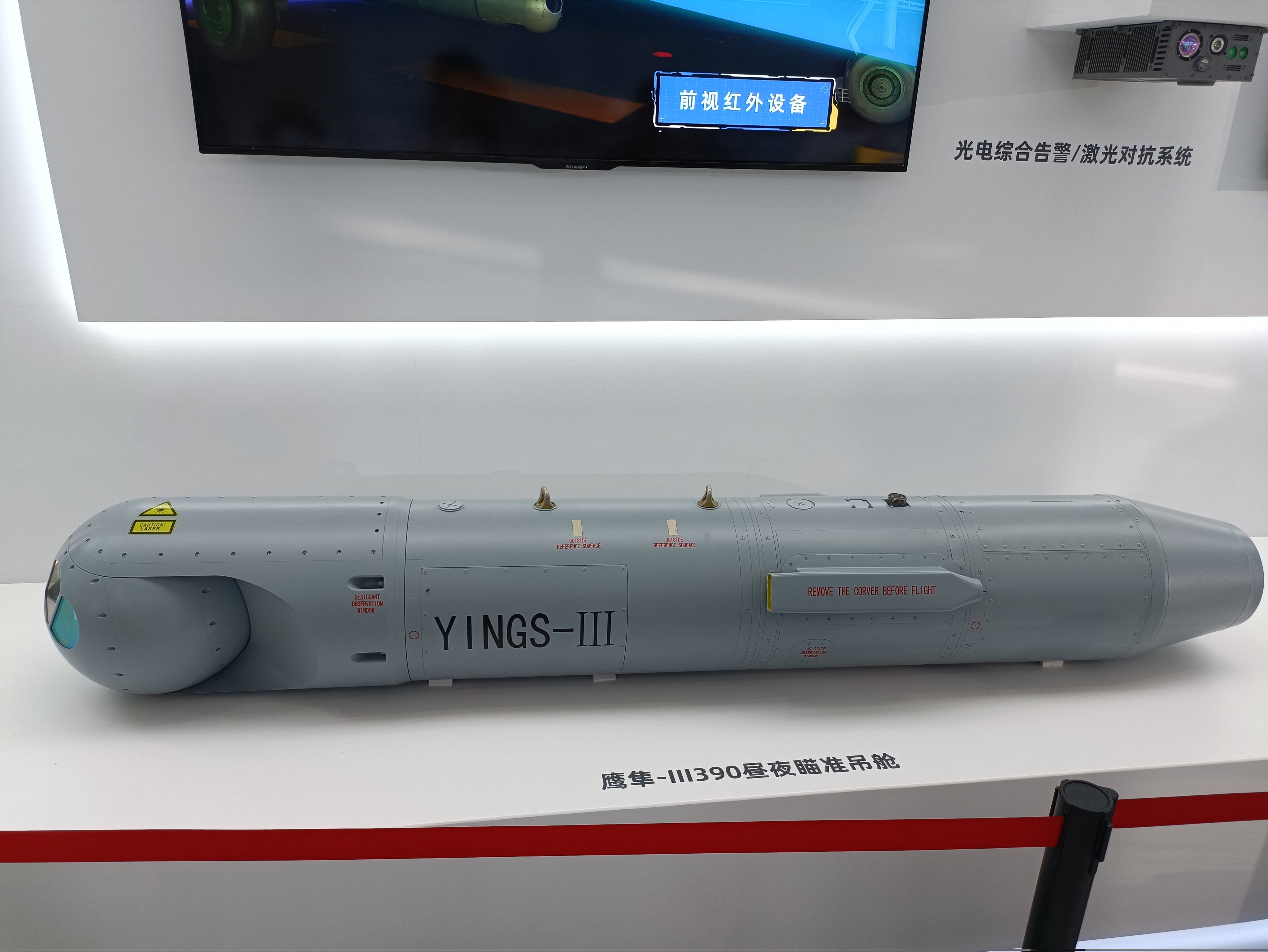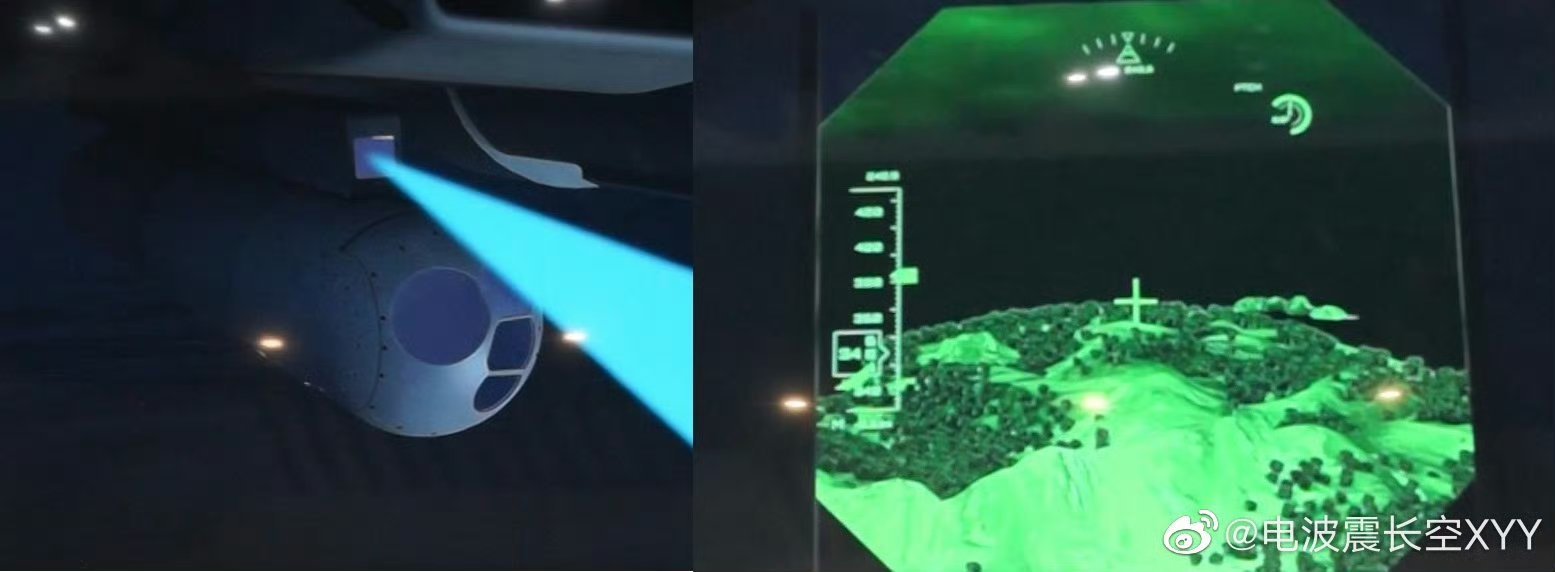- Yes
- No
Background and History
Spoiler
Origins:
The so-called “Divine Dragon” lays its origins, as with most Chinese flankers, in the ever changing relationship between China and Russia. China sought Russia’s help when it came to boasting a flanker with multirole capabilities, with the former offering the personalised Su-30MKK. After the purchase, a consequent acquisition of Su-30MK2s was expected from China, but the long-awaited contract was cancelled. Many observers saw this as a clear hint that SAC (Shenyang Aircraft Corporation) was working on an indigenous multirole design. Initially this was thought to be the J-11BS, a tandem seat version of the J-11B based on the Su-27UBK - for which a manufacturing licence was, at least officially, never granted - and featured the predecessor’s avionics and WS-10A engines. After the 2007 maiden flight it was thought that the J-11BS would become China’s dedicated “Strike Flanker” but in the end, the J-11BS was just used as a trainer and interceptor version. Nonetheless, until 2010 the rumours of a dedicated strike version were still alive and eventually, in 2012, the J-16 was unveiled to the world thanks to a leaked photograph depicting the prototype number 1601. In this particular picture the J-16 was already painted in PLAAF colours, not in the yellow zinc-chromate primer usually spotted on freshly constructed Chinese planes. Although there is no official information about the J-16’s maiden flight, it is believed to have taken place in 2011 on the 17th of October. From 2013 onwards, number 1601 and 1603 were noted undergoing tests with the CTFE at Xi’an-Yanliang, with number 1602 likely serving as a static test article. Around February 2014 the first 2 serial production J-16s, number 1612 and 1613, were spotted at SAC, hinting to the first batch being delivered around that time. For unknown reasons these aircraft entered service only in May 2015 and 2 years later their first true public appearance occurred during the PLA’s 90th anniversary.
A true hybrid:
The J-16 clearly shows a hybrid body between the indigenous J-11BS and the imported Su-30MKK, with the major differences being under the hood. In fact the aircraft has a completely new and fully digital avionics suite. To provide the desired multirole capability that distinguishes the J-16 compared to the predecessors a new AESA radar and fire control system were developed. This radar is believed to be a further development of the J-10B X-band PESA radar. No. 607 institute allegedly tested the radar on a J-11B with a new distinctive gray looking radome characterized by the absence of a pitot probe. The best information that we have about the radar itself comes from a magazine [Photos provided in the sources] discussing the Chinese radar developments. It shows a diagram of the J-16’s radar and mentions details such as a DDS (direct digital synthesis) wave controlled array that incorporates 1760 transmit/receive (T/R) modules based on Gallium Arsenide (GaAs) technology. It’s also mentioned to have a double-sided cooling system. There have been reports about an improved AESA radar mounted from the second batch onwards (around mid-2016).
Despite the striking similarities, the J-16 differs from both the J-11BS and the Su-30MKK. The airframe is manufactured in a revised form making a heavy use of more modern materials including carbon-fibre-reinforced polymers. The fuselage is both strengthened and lightened compared to the Su-30MKK. Less obvious but clearly visible side by side (when compared to a Su-30MKK) are the J-16’s vertical tails. These are quite taller but don’t have the typical squared fin caps. As such, it can be assumed that the J-16 is fitted with the additional fuel tanks in these fins. Finally, an extremely important development and difference is the powerplant, the matured WS-10B engines.
Technical data
Specifications
Crew: 2
Lenght: 21.93 m
Width: 14.7 m
Empty weight: 17700 kg
Max takeoff weight: 35000 kg
Payload: 8000 kg
Ceiling: 17300 m
Cruise range: 1135 nmi or 2102,02 km
Max G-load: +9
Powerplant: 2 x WS-10B series 3 turbofan engines
Spoiler

- Estimated thrust between 140 and 144 kilonewtons
Max speed: Mach 2 (At altitude)
Armament
1 x Type 30-4 30mm
12 hardpoints:
- 2 tandem under the fuselage centerline
- 2 under the air ducts
- 6 under the wings
- 2 on the wingtips
Spoiler

4 x PL-8
4 x PL-10
8 x PL-12
8 x PL-15
2 x PL-17
Spoiler


KD-88 ASM
YJ-83K AShM
YJ-91 ARM
LS-500J guided bomb
Spoiler



YL-5 (YJ1000) guided bomb
JD-500
JG-500A/B
KG700A ECM pod
Spoiler

AKK-802K guidance pod
JDC-01A targeting pod
YINGS-III targeting pod
low-drag general-purpose bombs
90 mm unguided rockets
Avionics
AESA Radar
3rd gen. IRST and Laser rangefinder linked to HMS
NVG
2nd gen. RWR
MAW
Fully digital Avionics suite
HMD
Ballistic Computer
Chaff/Flares
Spoiler

Difference between batch 01 and batch 02
The fundamental difference between the batches is the newer and improved AESA radar and the lighter gray coloured radome, the Chinese themselves didn’t bother to give the second batch a different designation since the modification only included a single subsystem (we could also argue that nowadays the first batch has been upgraded with the newer radar).
The other major difference is the colour scheme and markings. The first batch J-16s were already fitted with the usual gray colour scheme that we’re nowadays used to, but they also had red and yellow insignias. From batch 02 onwards the red and yellow insignias disappeared and the PLAAF markings got the same low-vis treatment as the J-20 ones.
Photos
Spoiler
Armaments
Shows a PL-10 on the wingtip pylon
PL-10 on inner pylon
KD-88
Dual pylon adapter
Dual pylon adapter 2.0
YL-5 (YJ1000) guided bomb
Sources
Spoiler
Red Dragon Flankers: China’s Prolific ‘flanker’ Family
Sino Defense - PLA 4th-Generation Fighters — Sukhoi / Shenyang
China’s Navy Ships and Aircraft of the People’s Republic of China, 1955 - 2021
J-16 AESA Radar














































